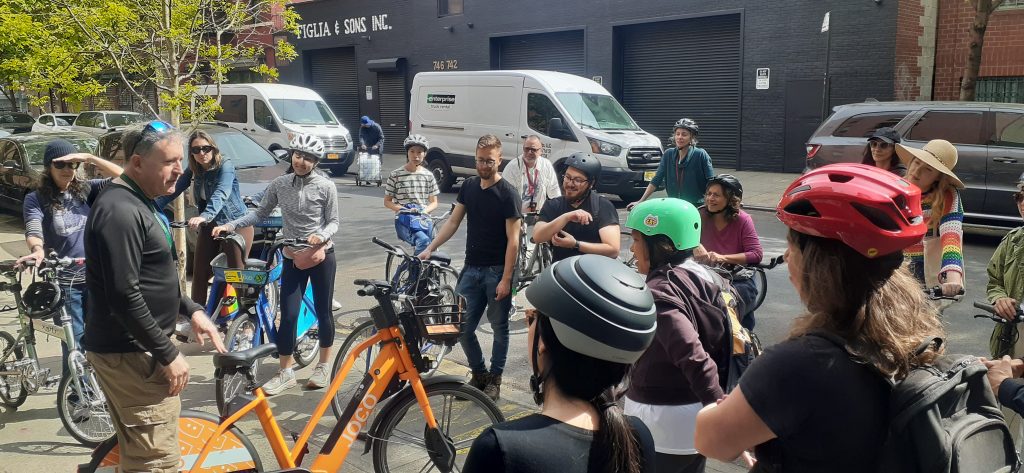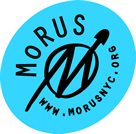We are pleased to offer a number of educational programs that revolve around our focus of reclaimed urban spaces. Please see a sketch of several programs below.
As a community-supported museum, we rely on donations to provide educational programming and workshops. We request a donation of $50 – $200 per class visit. Please feel free to reach out to discuss this donation; we always accommodate local schools & community groups and never turn anyone away.
Our programs can be tailored to fit many different curricular requirements and adjusted to all age groups, from Pre-K to college.
2022 Educational Programs
Bee Bots: Creative Technologies and the Pollinator Crisis Length: 1-2 hours Pollinators are essential to the world’s food production but are in danger of extinction due to human activity. Gardeners are addressing this crisis by planting native pollinator plants and caring for beehives, but what else can we do? Let’s make our own buzzing bee pollinators! Using simple electronic components and art materials, we will transform a toothbrush head into a buzzing, pollinating bee bot. These buzzing imaginative insects can aid in pollinating fruiting plants, such as tomatoes, when you individually buzz each flower. Combine this project with a visit to a working beehive the Green Oasis Community Garden for a more thorough introduction to the amazing world and work of the honeybee. This program is recommended for 3rd grade through high school. Don't Trash It: The Many Uses of Urban Garbage Length 1.5 hours Lower East Side residents have pioneered a variety of recycling initiatives. Start at the Museum of Reclaimed Urban space and visit La Plaza, a former CHARAS/El Bohio recycling facility and the bokashi/worm composting bins of the Green Oasis Community Garden/Gilbert’s Garden to learn about the many lives of NYC waste. After tour activity: Make a piece of art out of a reclaimed resource Zine Zone: Art and Activism in NYC Length:1-2 hours Zines can be made by anyone and are important tools for community building in punk and other outsider subcultures. Come explore the zine collection at MoRUS and learn about zine makers and archives in our neighborhood and in the city at large. After collecting inspiration from our archives, participants will learn how to make their own one sheet, eight-page zine exploring a topic of their choosing. After the zines are completed, they can be scan and copy them to make them freely available to the public at our storefront and within a community zine archive. Political Posters and Printmaking in the Lower East Side (with collagraph crayon rubbing print activity) Length: 1.5 hours What is the role of printmaking and posters in political organizing and social change? We will explore the museum’s collection of posters, stencils, and materials related to social change and the fight for community space in the Lower East Side. Participants will be invited to consider an issue that is important to them and will then learn a basic printmaking technique using familiar materials to make an limited edition poster prints. This program will introduce participants to some key fights for social justice and space in the Lower East Side and the material culture of these movements. Participants will be invited to consider their own contribution to the material culture of the city and a new art technique in which to make print multiples. This program is well suited for elementary aged students due to the familiar materials (paper, cardboard, scissors, crayons) but could be adapted for all age groups with the introduction of making true collagraph ink prints. What's in an Address? WB Bickerknocker's Guide to Researching NYC History Length: 1.5 hours WB Bickerknocker is the pen name for the author of the zine Homeoempathy, 9th & C—a punk rock history of the building that houses the Museum of Reclaimed Urban Space. Using the zine as a jumping off point, students will examine historic maps, municipal permits, residents listings, and phone books tolearn how it's possible to reconstruct the history of the structures all around them. They will read documents from the Lower East Side's Dutch Past up through its heyday as a haven for alternative music and art. After the class they will have an idea of where and how to do urban research and how to tackle a dated or unusual primary source.

